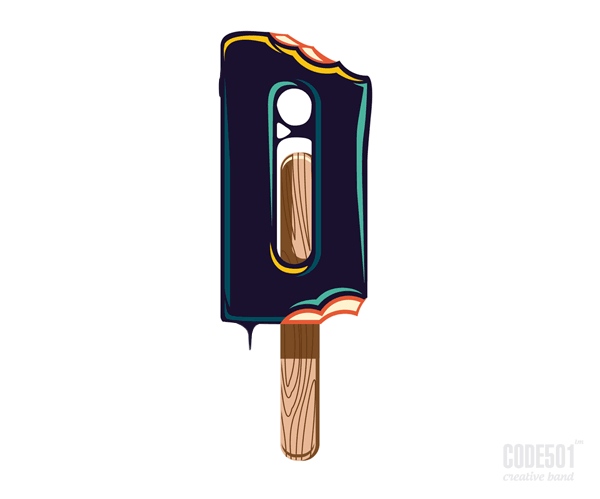Beginning

Reading
i is Icky Sticky!
Cassie Jones
Beginning Reading Design
Rationale:
This lesson teaches students about the short vowel correspondence i=/i/. In order for children to be able to read successfully, they need to be able to recognize the spellings that create the pronunciations. In this lesson, children will be able to recognize, spell, and read words containing the phoneme i. Students will learn a meaningful representation (visual representation of icky sticky hands with slime), learn a tongue tickler to identify the /i/ sound, spell and read words containing this spelling in a letterbox lesson, and read a decodable book that focuses on the correspondence i=/i/.
Materials:
1. Illustration of icky, sticky hands with glue
2. Whiteboard with tongue tickler: The insect is stuck in inside the icky sticky goo.
3. Letterboxes
4. Letterbox tiles: b, i, l, g, s, w, m, t, n, k, d, p, r, g, z
5. Pencil
6. Projector screen from computer
7. Poster with letterbox words and pseudowords: bill, big, swim, twin, skim, disk, mint, drink, disk, gink, zim, ting
8. Decodable Book: Liz is Six
9. Assessment for students to read words that contain i = /i/ (teacher and student copy)
Procedures:
1. Say: “To become an expert reader, we need to learn that words are mapped out by its spelling. We are going to work on learning all of phonemes so that we will be able to read the words in texts. Today we are going to learn a new sound, short i. We can remember this because it sounds like what we would say if we had some icky, sticky goo all over our hands. Show the illustration and hand gesture while stretching out the /i/ sound. Now let’s do it together: /iiiiiiiii/ while shaking your hands.
2. Say: Before we start to spell words with /i/ let’s say a fun tongue tickler. The insect is stuck in inside the icky sticky goo. Read it while emphasizing the /i/ sound. Have the students repeat the tongue ticker multiple times.
3. Say: Now let’s practice hearing the /i/ sound in different words. When you say i, I can feel my mouth open but my tongue stays low /i/ /i/ /i/. Let’s listen for the /i/ sound in different words. B-iiii-ll I heard it! When we hear /i/ let’s do our hand gesture with it. B-iiii-g. S-w-iiii-m. Now I am going to say two different words and I want you to tell me which word you hear /i/ in. Twin or Next. You’re right! Twin. Say Winter or Summer. Show me your icky sticky hands if you hear /i/ summer. Show me your icky sticky hands if you hear /i/ in winter.
4. Materials: Letterboxes and letterbox tiles on projector screen. Say: Now we are going to do our letterbox lesson. We are going to practice spelling words that have /i/ in them. I am going to try a word first: drink. I am going to sound it out dddd-rrr-iiii-nnn-kkk. First I heard /d/ so let’s place a d in the first box, /r/ you’re right that’s a r, then our sticky icky /iiiiiiii/ so put down an i, /nnnnnn/ next an n and then lastly and k. Now it is your time to try a couple words. Give a variety of words for the children to spell out on their letterboxes: disk, mint, skim, big, bill
5. Materials: Poster containing letterbox words and pseudowords. Say: Now I want to practice the words we just spelled in our letterboxes. Show the poster of the words and let the students read through each word. Add a few pseudowords (ting and zim) into the list to challenge your student and see if they have learned the correspondence.
6. Say: Awesome job! Now I think you are ready to read a book. Our book is called Liz is Six. Say: “This story is about a young girl named Liz. Liz is celebrating her birthday and she has turned 6. One of her birthday presents is a baseball mitt. Liz and her animal friends are playing ball. When Liz is up for bat, she hits it towards pig… do you think the pig will be able to catch the ball and end the game? To find out what happens, finish the rest of Liz is Six Remember as we read to pay close attention to our icky sticky letter i.”
Assessment:
-
To assess the students’ knowledge of reading words that contain i = /i/ each student will individually come to my desk to read a list of 15 words. Miscues will be taken on the teacher’s copy of the test while students continue to read on his/her copy. Reading assessment will contain the following words: Fish, bug, insect, glass, milk, smile, lips, present, pitch, ripe, throw, chair, sit, shrimp, branch
-
Second part of the assessment: “I Can Read Words” (attached under resources)
Resources:
-
First part of the assessment: paper that contains the words listed above
-
Second part of the assessment from Katy Brown’s Icky Sticky Skittles’ lesson: https://i.pinimg.com/564x/76/77/58/767758fc5ac6635367f5b042ebf7a2f3.jpg
-
Book: Cushman, S., Millie, P., & Briles, P. (1990). Liz is Six. Dominguez Hills, CA.: Educational Insights.
-
For additional lessons on i = /i/
-
Jayme Moorer’s Icky Sticky Syrup
-
Anna Pruitt’s The Icky Iguana
-